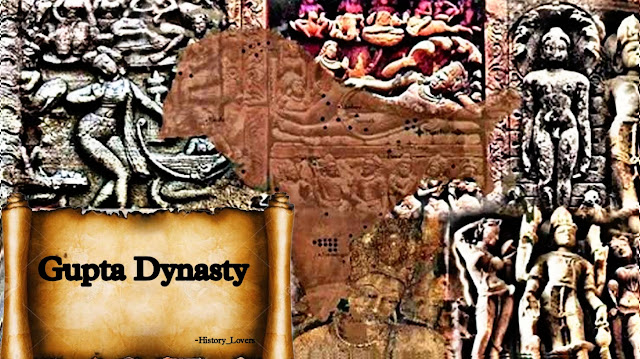THE SYMBOL OF ANCIENT ENGINEERING [ The Great wall of CHINA ]
The Great Wall of China: The symbol of Ancient Engineering and Defense
 |
| The great wall of china |
Introduction
The Great Wall of China stands as a symbol of human ingenuity, endurance, and historical significance. The length of the china wall is 26,196 km. Spanning thousands of kilometers across China's vast landscape, this iconic architectural marvel has captured the imagination of people worldwide. In this article, we will explore the captivating history, remarkable construction, strategic significance, and enduring legacy of the Great Wall of China.
I. Historical Origins and Evolution
- Ancient origins: Tracing the earliest defensive structures and fortifications that eventually led to the construction of the Great Wall.
- The unification under Emperor Qin Shi Huang: The visionary leader behind the initial efforts to connect and fortify various walls into a cohesive structure.
- Dynastic expansions: The significant contributions and expansions made by subsequent dynasties, such as the Han, Ming, and Qing, shaping the Great Wall into its present form.
- Architectural styles and techniques: An exploration of the different construction methods, materials, and architectural styles used in building the Great Wall.
 |
| One of the seven wonder |
II. Purpose and Defense Strategies
- Defense against northern invaders: The primary purpose of the Great Wall was to protect China's northern borders from the constant threat of invasions by nomadic tribes, such as the Mongols and Xiongnu.
- Strategic locations: Analyzing the strategic placement of watchtowers, beacon towers, and fortresses along the Wall to ensure effective communication and defense.
- Economic and political significance: Examining the role of the Great Wall in regulating trade, facilitating border control, and maintaining centralized authority.
- Symbolic and psychological impact: Exploring the psychological impact of the Wall on both the Chinese people and potential invaders, serving as a symbol of strength, unity, and the indomitable spirit of the nation.
III. Construction Challenges and Techniques
- Geographic hurdles: Discussing the engineering challenges posed by China's diverse topography, including mountains, rivers, and deserts, and the ingenious solutions employed to overcome them.
- Labor and manpower: Examining the immense workforce and labor-intensive construction methods employed during the Wall's construction, including the role of conscripted soldiers and civilian laborers.
- Materials and architectural features: Analyzing the use of various materials, such as bricks, stone, rammed earth, and wood, along with architectural features like crenellations, arrow slits, and gatehouses.
 |
| Symbol of ancient engineering |
IV. Tourism and Conservation
- UNESCO World Heritage Site: Highlighting the recognition of the Great Wall as a UNESCO World Heritage Site and its importance in preserving this cultural treasure.
- Tourism impact: Discussing the growth of tourism and the challenges it poses in terms of preservation, restoration, and managing visitor footfall. Great wall china still a favourite spot to many people.
- Conservation efforts: Exploring the ongoing conservation initiatives, including the use of modern technology, to protect and restore the Great Wall for future generations.
Conclusion
The Great Wall of China, with its rich history, architectural grandeur, and strategic significance, continues to captivate the world. It stands as a testament to China's ancient civilization, remarkable engineering prowess, and the enduring spirit of its people. As one walks along the majestic structure, they are transported through time, unraveling the stories of emperors, soldiers, and the intricate tapestry of Chinese history. The Great Wall remains an indelible symbol of China's past, a living monument that connects the present with a remarkable legacy, and a testament to the extraordinary achievements of human endeavor. The great wall of china stands as one of the wonder in seven Wonders that existed in the world.
Thank you for reading ❤


